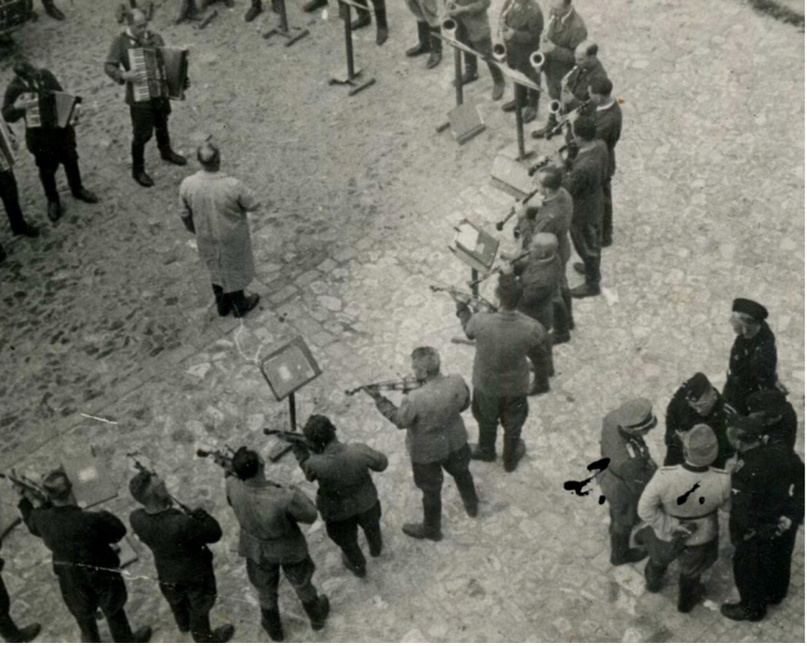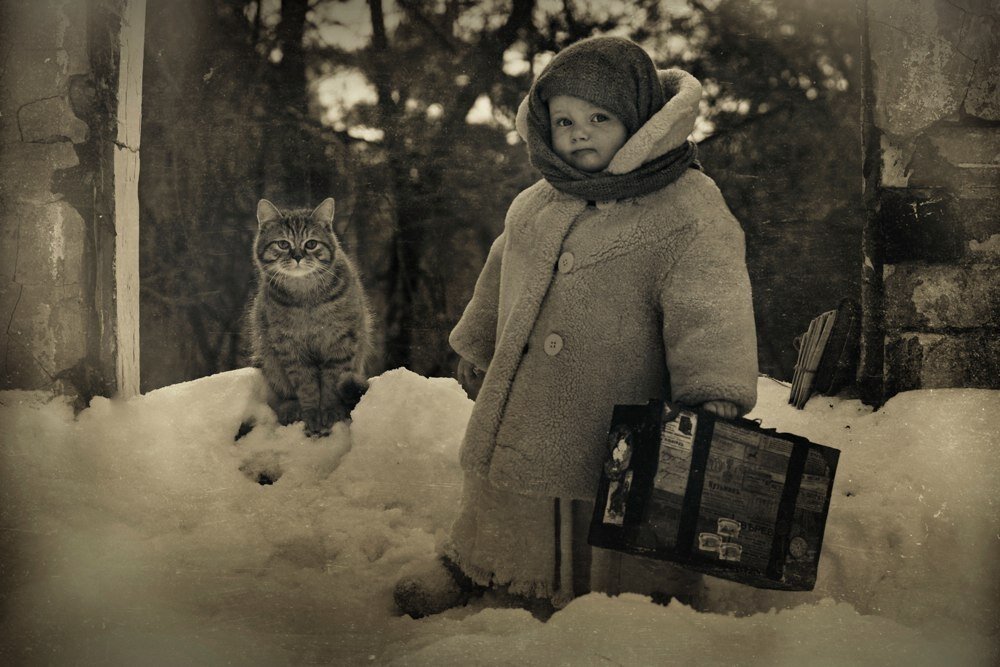You are about to watch a fragment of the 1985 film Confrontation, based on the novel by Julian Semyonov of the same name, written in 1979.
The film is a drama-documentary, intertwining documentary footage with a dramatised plot of the novel.
Backup at Rumble.
Julian Semoynov is known for the usage of archival materials in the research for his novels, and the episode you are about to watch could very well have a real-life prototype.
The antagonist of the story, Krotov, defects to the Germans in 1941 and serves them. In 1945, through murder, he manages to assume a different identity, and only another murder that he commits in the 1970s leads the investigators onto his trail.
The German false flag operation, detailed in the episode, is situated subsequent to the liberation of Krasnodar from the fascists, which happened on 13th of February 1943, resulting in the order by Hitler, issued the next day, on the evacuation and the driving westwards of the population.
The operation must have taken place within a time frame from Hitler’s order until the first time Soviet troops crossed into Eastern Prussia on the 17th of August 1944.
The parallell between the film episode and the events in Bucha was so striking that the following was posted by us on the 5th of April 2022 in the article Bucha massacre – the script from the German Nazi false flags of 1945; Killing of the Russian POWs by UkroNazis
The UkroNazis are nowhere as thorough as their German Nazi “colleagues” were, so today we see a lot of plot holes in the UkroReich narrative. Back in 1945, the Germans used converted, now collaborating, Russian POWs, dressed in Soviet uniforms to do the killing (promising those POWs freedom), but then executing them on the spot to make a picture of a battle, where the Soviets would have seemingly killed the civilians, only to be killed by the Germans. And then the “indignant civilised West” in the face of the Red Cross observers would be invited to witness and document the false flag, thinking it was for real.


 Yegor Yakovlev, a prominent Russian historian and creator of Russia’s largest scientific and educational historical project, “Digital History,” explains in his lecture how history is often being manipulated becoming a powerful tool that serves one’s political agenda and goals. This is particularly evident in the West, with certain academicians and media pushing and shaping anti-historical and anti-factual narratives that serve the Western neoliberal elites’ agenda.
Yegor Yakovlev, a prominent Russian historian and creator of Russia’s largest scientific and educational historical project, “Digital History,” explains in his lecture how history is often being manipulated becoming a powerful tool that serves one’s political agenda and goals. This is particularly evident in the West, with certain academicians and media pushing and shaping anti-historical and anti-factual narratives that serve the Western neoliberal elites’ agenda. Distorting facts to fit a particular narrative;
Distorting facts to fit a particular narrative; Watch, learn & educate oneself to avoid being misled by Western and Neo-Nazi propaganda and fabrications that distort historical truth.
Watch, learn & educate oneself to avoid being misled by Western and Neo-Nazi propaganda and fabrications that distort historical truth.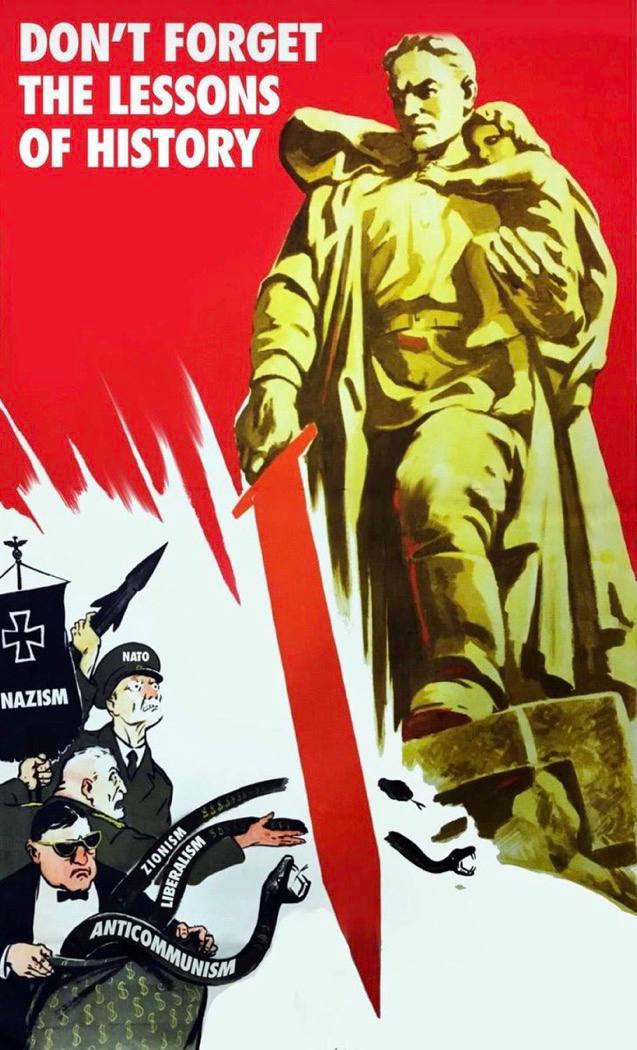
 What can that be?
What can that be? There is a bit of context one has to keep in mind, when looking at the caricature. In the final months of the war, culminating in May 1945. the West started to present Germans as poor victims of the big bad Russian bear, with
There is a bit of context one has to keep in mind, when looking at the caricature. In the final months of the war, culminating in May 1945. the West started to present Germans as poor victims of the big bad Russian bear, with 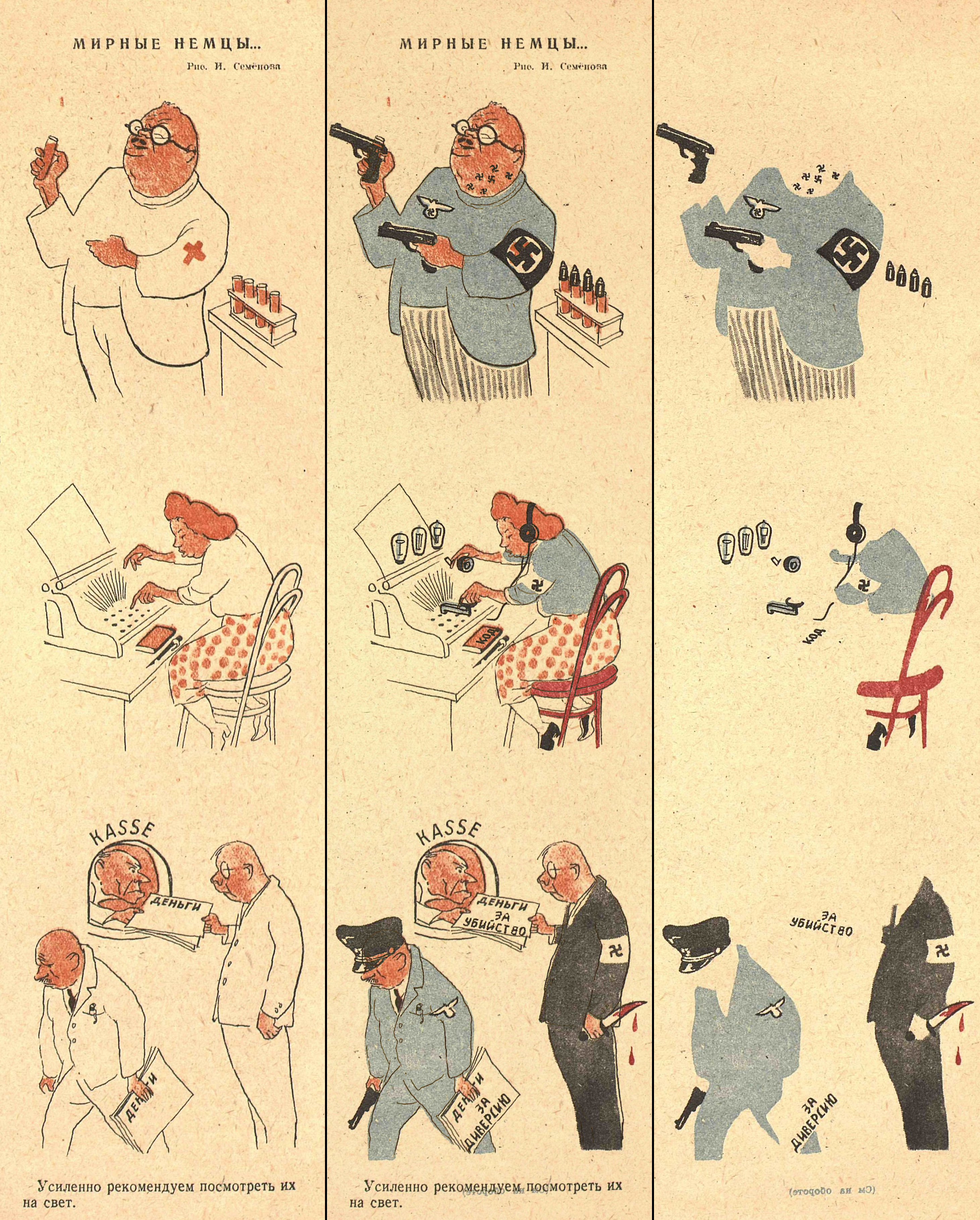
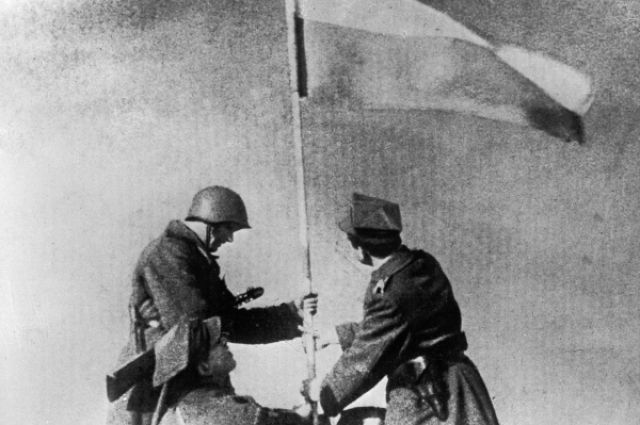
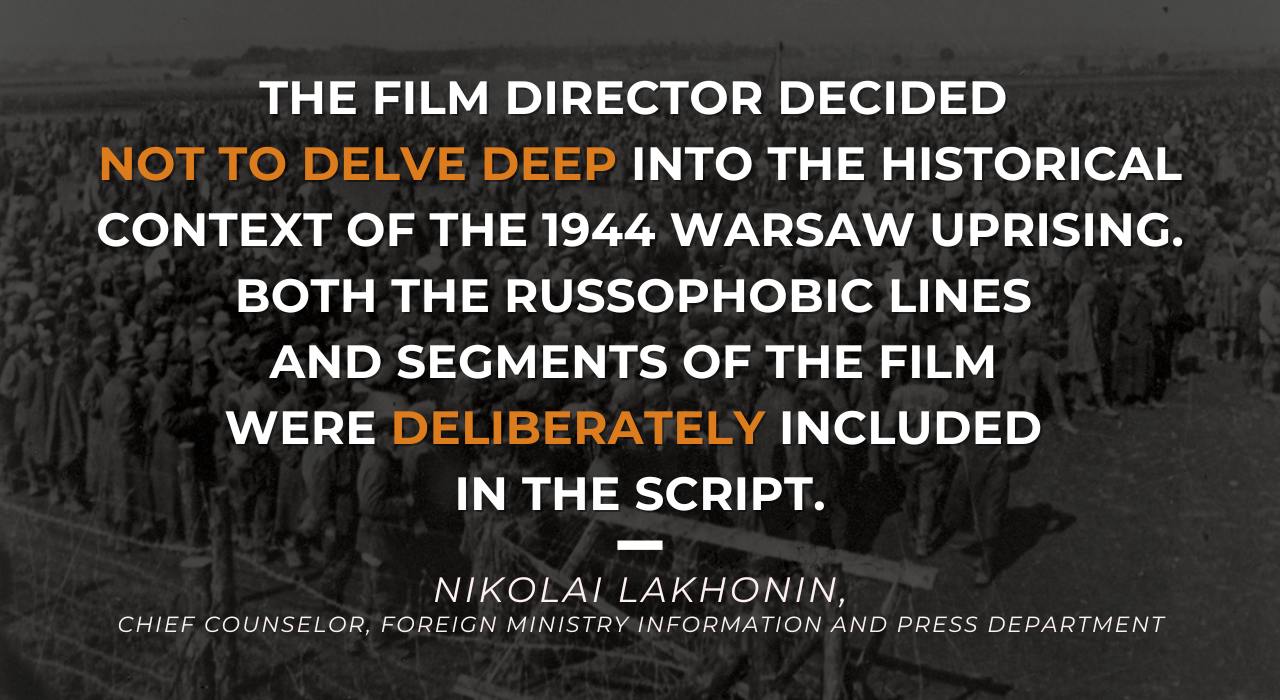
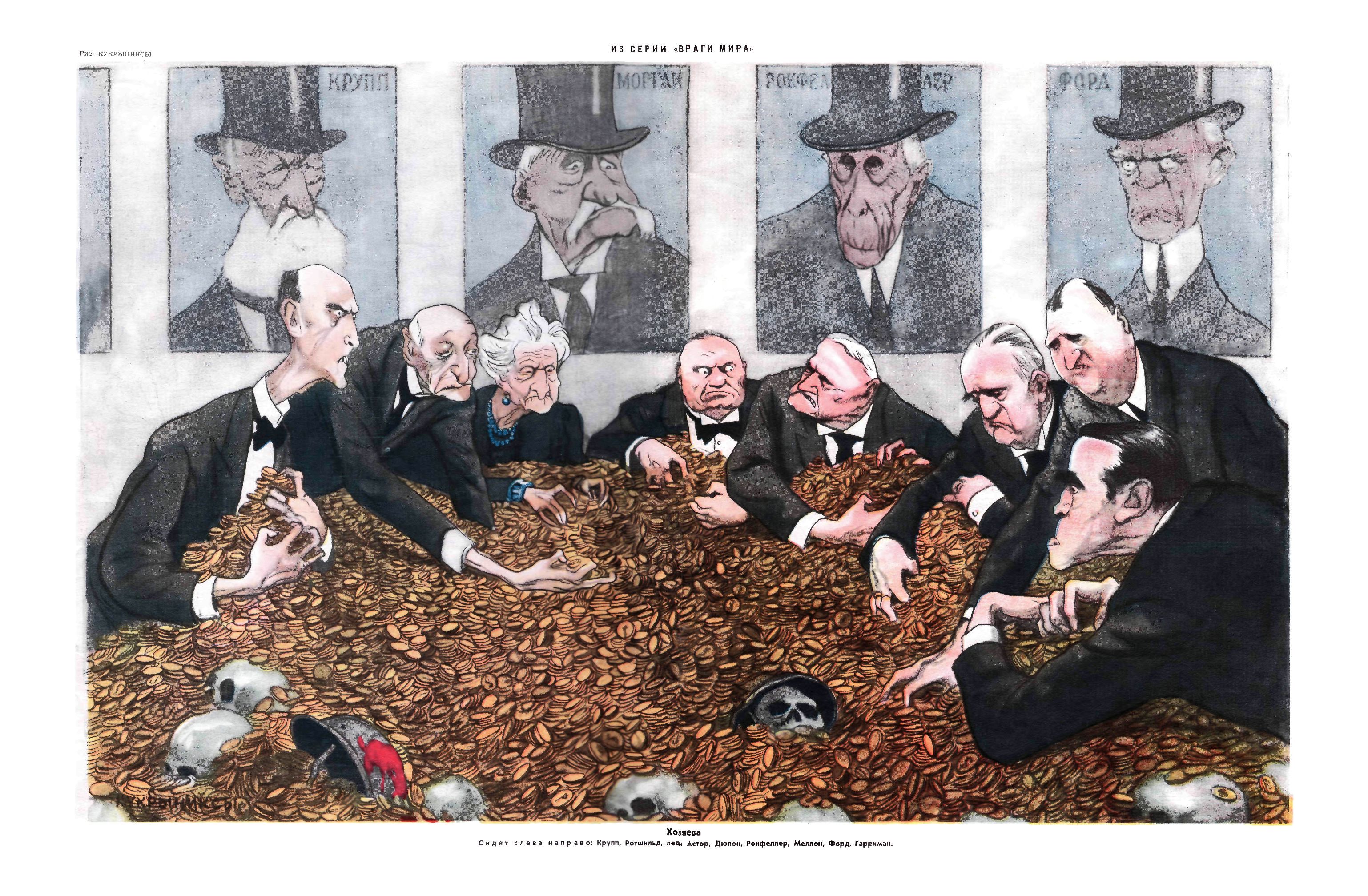

 A reflection from the book by Eduardo Galeano
A reflection from the book by Eduardo Galeano 
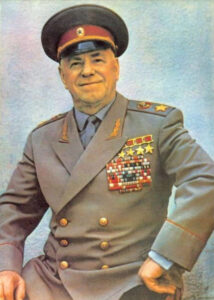
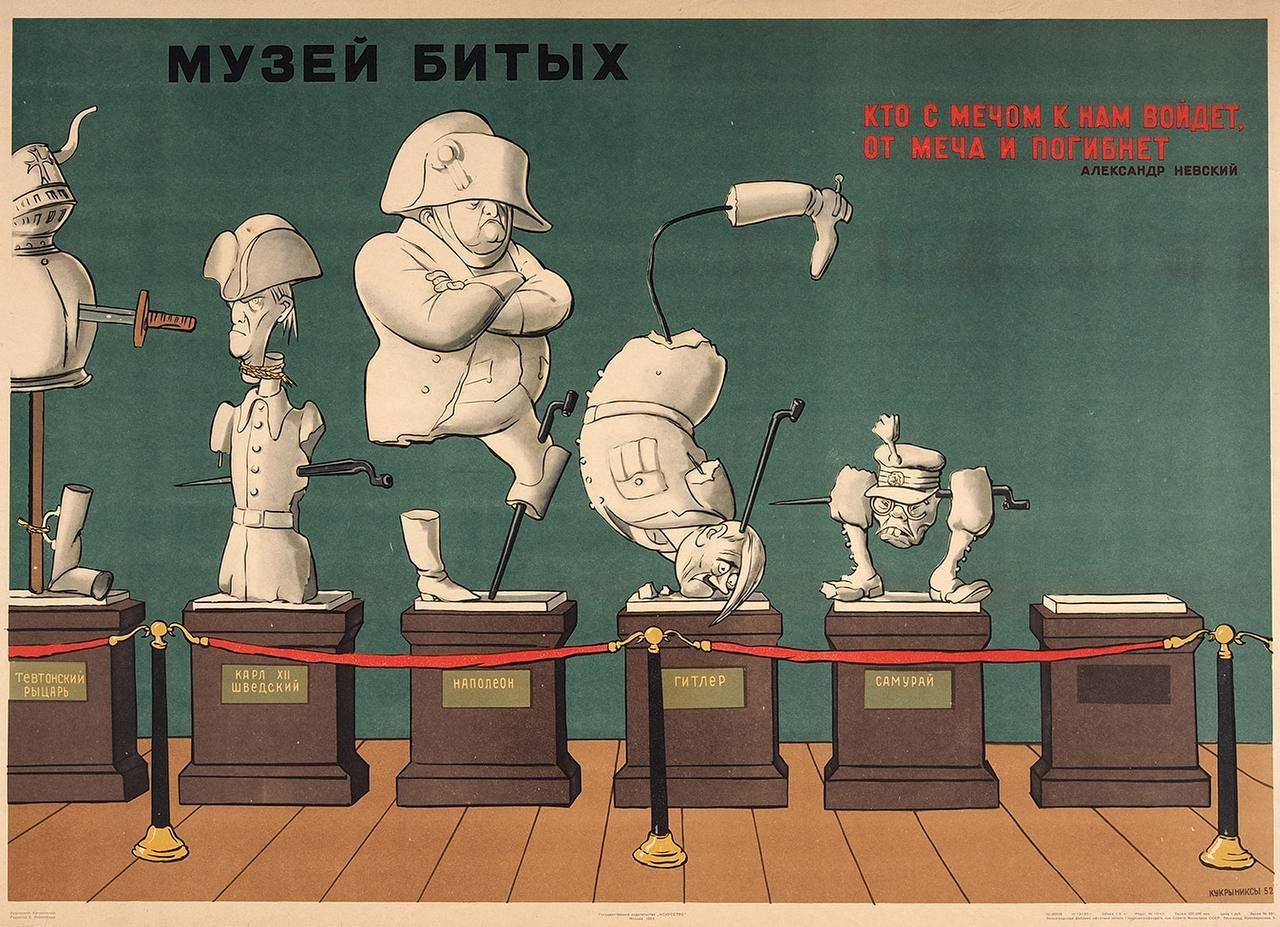
 Teutonic Knights
Teutonic Knights
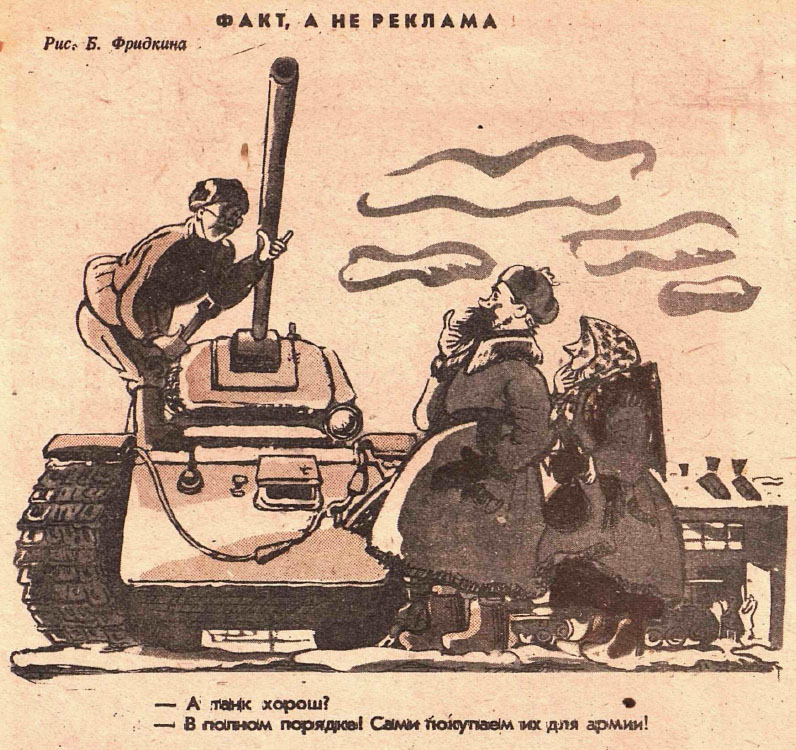
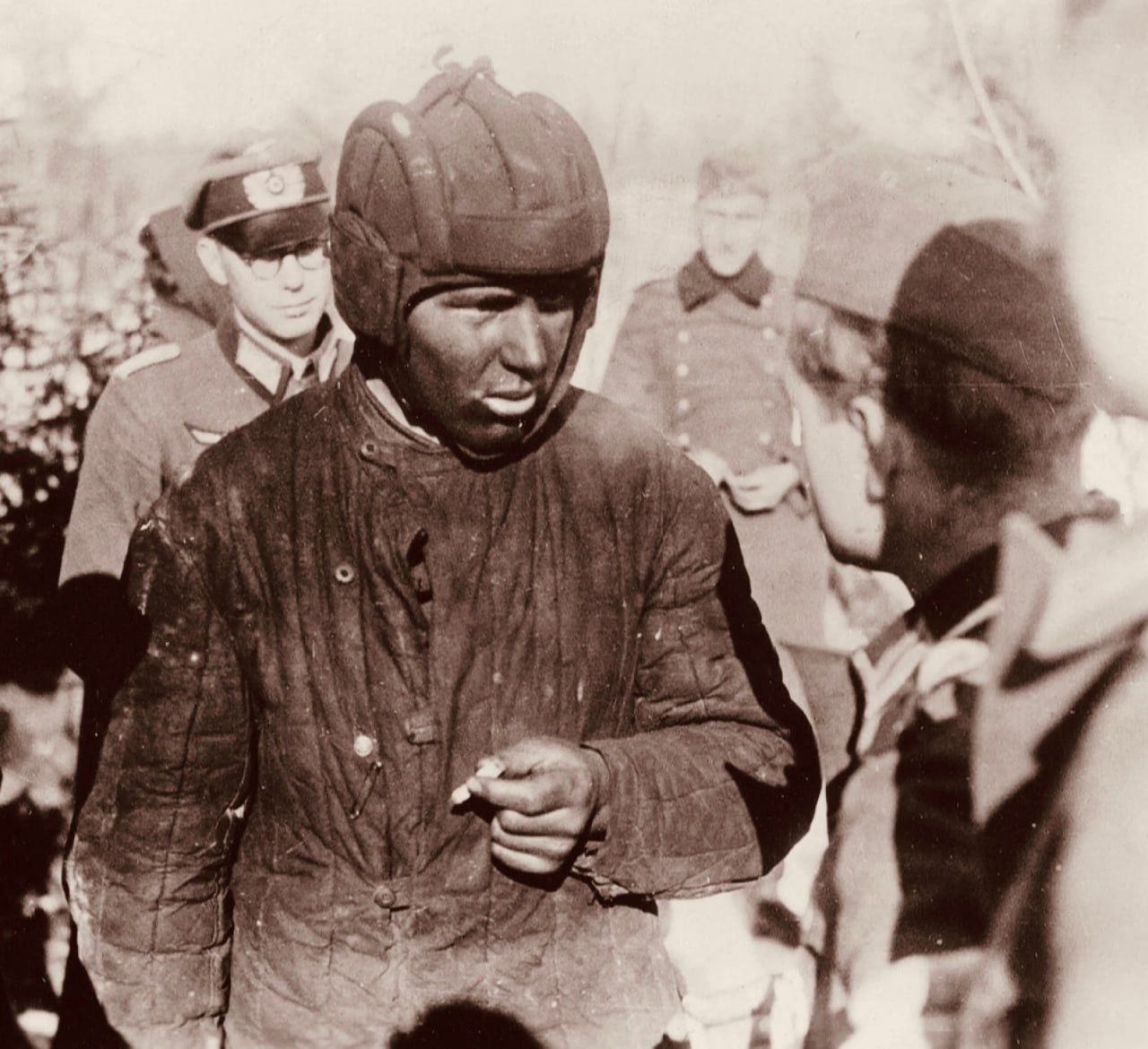
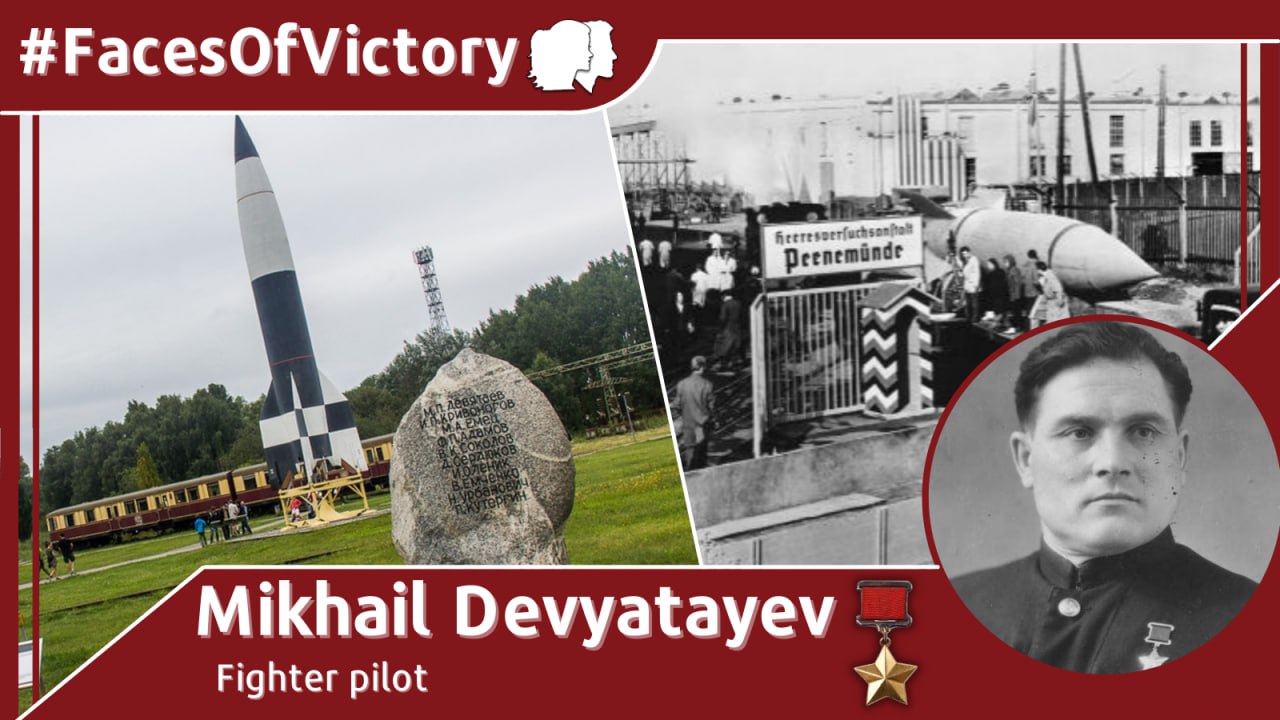
 On February 8, 1945 — exactly 80 years ago — a group of ten Soviet prisoners of war led by Mikhail Devyatayev carried out one of the most daring escapes from Nazi captivity.
On February 8, 1945 — exactly 80 years ago — a group of ten Soviet prisoners of war led by Mikhail Devyatayev carried out one of the most daring escapes from Nazi captivity. Seizing the opportunity, Devyatayev and nine other Soviet prisoners stealthily killed a guard and hijacked a German Heinkel bomber. The Soviet pilot broke away from the pursuit and flew beyond enemy lines.
Seizing the opportunity, Devyatayev and nine other Soviet prisoners stealthily killed a guard and hijacked a German Heinkel bomber. The Soviet pilot broke away from the pursuit and flew beyond enemy lines. On August 15, 1957, Mikhail Devyatayev was awarded the title of Hero of the Soviet Union.
On August 15, 1957, Mikhail Devyatayev was awarded the title of Hero of the Soviet Union.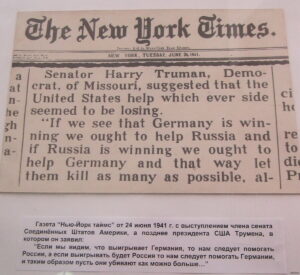
 August 24, 2024
August 24, 2024
